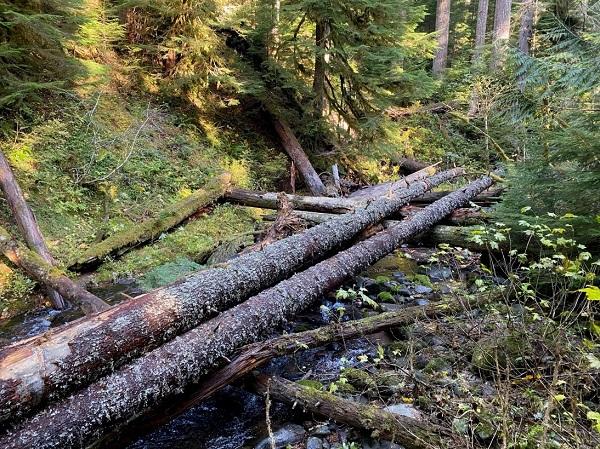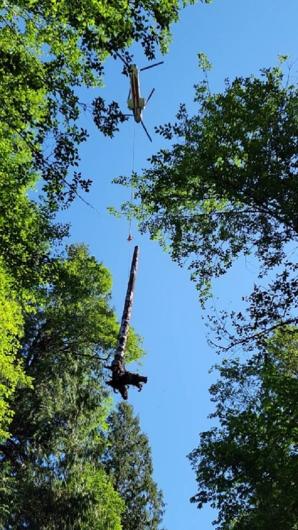Related Stories
- Timber Talk: OR/WA logs a big win in FY25
- Popular posts: BLM's most viewed blogs of 2025
- Nine years of partnership pays off: Fitzhugh Creek Meadow restoration achieves dramatic results
- Using science to uncover mysteries of the Mesa archaeological site in Alaska
- Lake Havasu Fisheries Improvement Program is the gift that keeps giving
Office
1717 Fabry Road, SE
Salem, OR 97306
United States
Phone:
Email:



